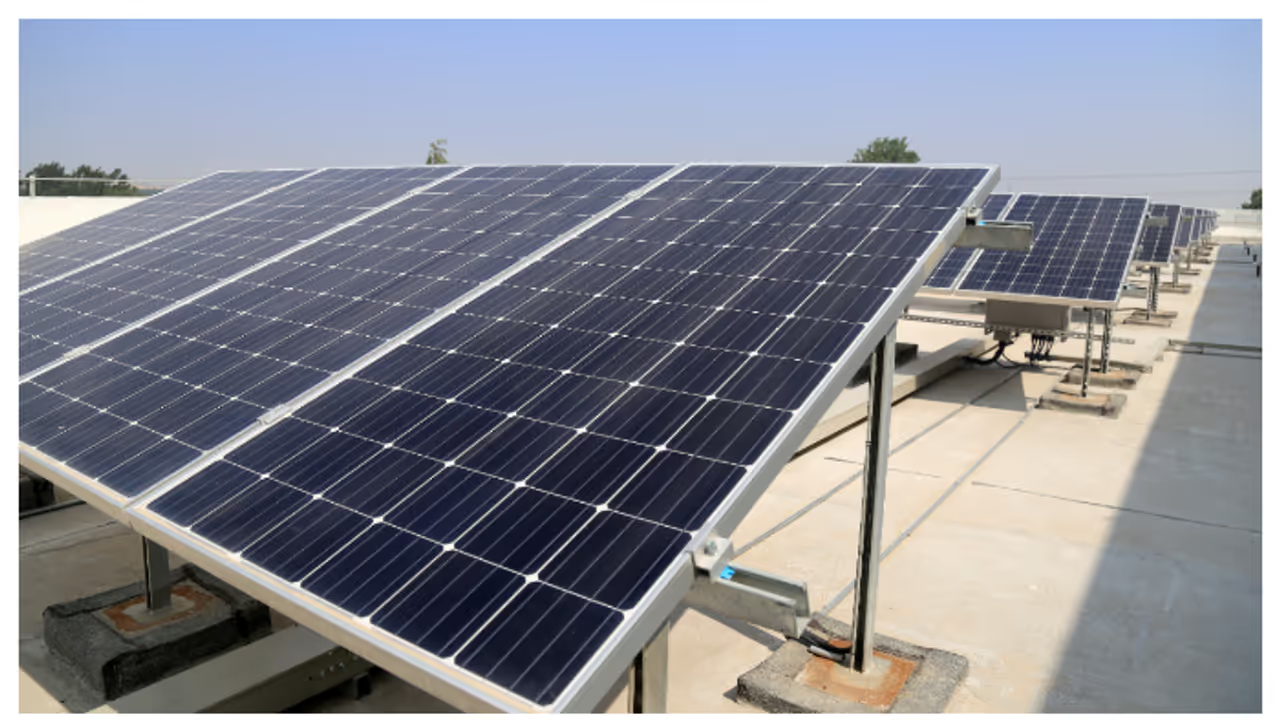In a significant advancement, researchers at IIT Bombay have developed a high-efficiency tandem solar cell, claiming it's more effective than conventional solar technology.
Mumbai: Rising electricity bills are a major concern, with appliances like air conditioners and heaters driving up consumption. Researchers at IIT Bombay offer a potential solution with a new solar technology.

In a significant advancement, researchers at IIT Bombay have developed a high-efficiency tandem solar cell, claiming it's more effective than conventional solar technology. Led by Professor Dinesh Kabra at the National Center for Photovoltaic Research and Education (NCPRE), the team created a 'tandem solar cell' using halide perovskite in the top layer, which absorbs more light even in low-light conditions.
The bottom layer is made of silicon, a common material in the solar industry, contributing to higher power output. This innovative solar cell can produce 25-30% more electricity than traditional technologies. While typical solar panels convert about 20% of solar energy into electricity, this new technology can achieve up to 30% efficiency, significantly reducing electricity costs. Reports suggest the cost could drop from ₹2.5-₹4 per unit to just ₹1.
Unlike many solar technologies reliant on imported materials, this technology is entirely Indian-made, with raw materials readily available domestically. Previously, India imported most of its solar panel materials, primarily from China. A major hurdle in using perovskite was its durability, but the IIT Bombay team has extended its lifespan to 10 years, marking a milestone in solar technology.
The Maharashtra government and ART-PV India Pvt Ltd, an IIT Bombay-backed startup, plan to launch the new solar cells by December 2027. All machinery and manufacturing will be in India, with Professor Dinesh Kabra, the scientist behind the innovation, leading the startup and overseeing its launch.
This technology isn't limited to large solar farms; it can be installed on rooftops, building facades, and vehicles, making solar energy more accessible and efficient. IIT Bombay and the Maharashtra government also aim to use this advancement to produce green hydrogen, a clean fuel, for India's long-term energy goals.


